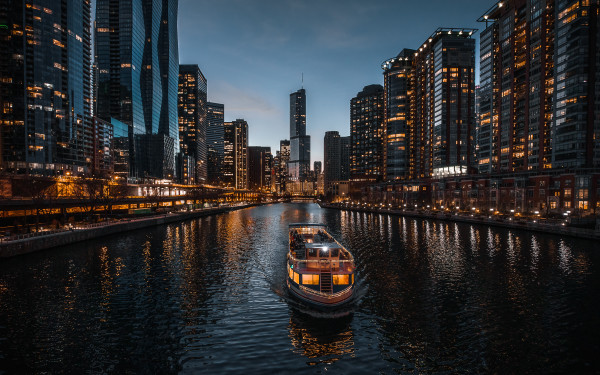
Investing in the future of cities

As the world emerges from the pandemic, investors are faced with vast uncertainty, but most can agree on at least one thing: cities will never be the same again.
Trends that were forced by the pandemic, such as remote working, have been generally embraced by the population, creating a new normal of remote and hybrid working for many, while the necessity of addressing climate and sustainability challenges means a new suite of public policy responses are on the way, many of which will affect how the cities of the future are constructed and lived in.
Zsolt Kohalmi, global head of real estate at Pictet Alternative Advisors says the way to think about the future development of cities is to divide them into the functions which they perform; notably, as workplaces, leisure facilities, and the mobility, or transport links, between the two.
He says: “Most of the carbon generated by cities comes from buildings, and 90 per cent of the buildings we have in the UK were built before 1990. So the key in the future will be to refurbish the buildings we have.
"Technology has made refurbishing a building much easier, and refurbishing is now much easier than building a new one. And I think when these refurbishments happen, there will be a focus on energy efficiency, for example, [and] technology helps with that as well.”
He says that unless building owners bear energy efficiency in mind, and also factors including on-site gym and bicycle racks, “there could end up being stranded assets in the property sector, because in a world of remote working, people will only want to go into offices that are attractive. And that will drive the demand from employers. So property owners that do not ensure their buildings are evolving with the way demand is going could find the rent they can charge is much lower, or they may not be able to find a tenant at all”.
He cites the presence of electric vehicle charging points as another feature of future workplaces that he believes will become essential for any landlord.
Kohalmi says: “People talk about [environmental, social and governance considerations] and where the return on investment is for that. But the truth is, property companies that don’t think about ESG in future will struggle to sell assets. That’s because as companies try to reduce their carbon footprint, the biggest element of that will be their office building, so buildings will have to be ESG-compliant in order to be chosen as a headquarters.”
Commercial property still has a place
David Harrison, who runs the Rathbone Greenbank Global Sustainability fund, says that while the construction industry remains “quite old school” in terms of its works, technological advances mean the design work can be done in a more environmentally-friendly way.
He says, when it comes to retail, “shops won’t give up the physical space in good locations. The future is likely to involve omnichannel, which uses the physical stores for click and collect and order fulfilment, as well as for traditional retail. It is not going to just be a case of Amazon versus the High Street – Primark, for example, does not have a website. The key is more likely to be nimble, to adapt to consumer habits changing quickly.”
Harrison adds: “The area of charging points for electric cars, it's the case that there will be more charging points, [and] in the long run there will be charging points in every street light. But right now, in terms of investing in that, it is a bit of a gold rush and so we don’t really invest there.
"An area that we find interesting right now is lifts and elevators. Companies such as Kone have developed these to the extent they can now switch themselves off, and that obviously saves energy in the evenings.”
He says that when it comes to the leisure segment of city life, “it is really hard to tell what will happen with restaurants. I think it will be more difficult for many restaurants as services [such as Deliveroo] that exist now mean people have more options at home, and it's the same with coffee shops. But people still like the face-to-face experience that you get with a restaurant, so it may be that there are fewer restaurants in future, but those that remain will be of a higher quality”.
Harrison says that, in general, “building owners are going to have to be smarter, because the reality is there is more power now with the tenant than ever before”.
Matthew Tillett, who runs the Brunner Investment Trust, a global equity investment trust, says a notable feature of the economic recovery from the pandemic has been that “office rents have not fallen off a cliff. A lot of what has happened as a result of the pandemic was happening anyway, just more slowly.
"The ability to work more flexibly was always there to some extent. And offices that were already set up to allow things like bike racks and electric vehicle chargers were already able to charge a higher rent, because that is where the demand was moving. Now it's the technology companies that are taking the best office space, and that is what is helping the market; there is always a new source of demand in cities.”
Despite his general optimism, Tillett only has one commercial property investment company in his fund.
Kohalmi says that “we need a new and better name for shopping centres, because that is not what those will be doing in future. The ground floor may stay the same, but the upper floors that were clothing retailers, they may change. They may become things like yoga studios, places where people do physical sport. Those sorts of activities that people want to do in person.”
David Thorpe is special projects editor at FTAdviser





